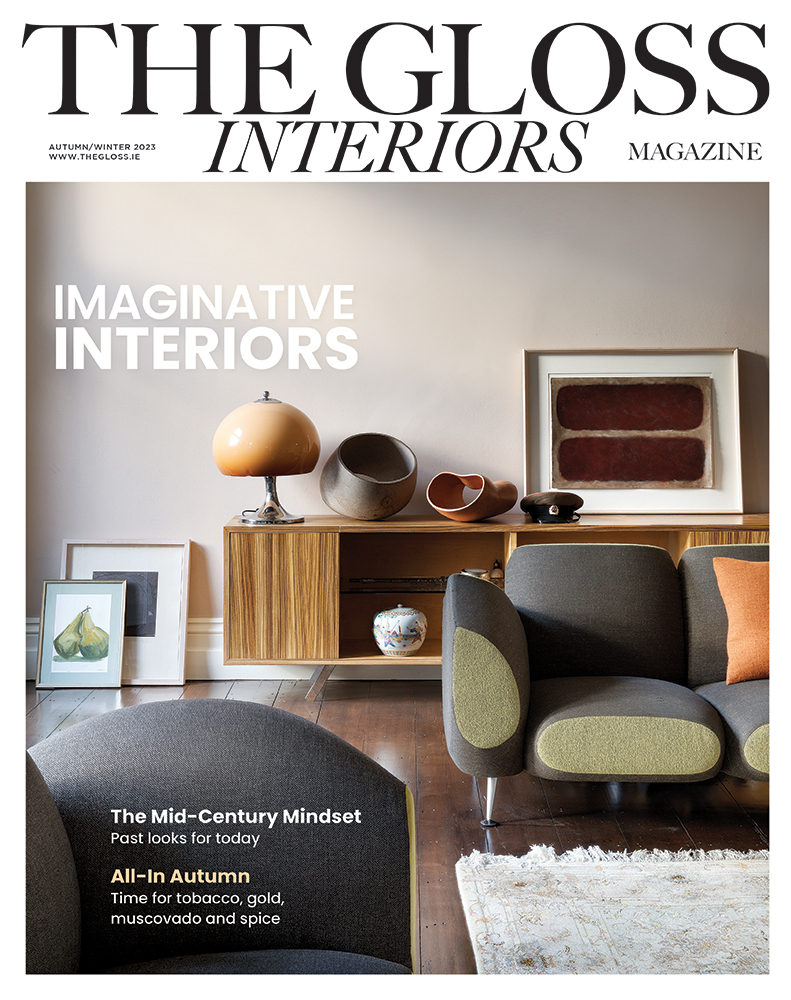Little fires everywhere: Holly Hughes counts the climate cost of one of our favourite national pastimes, lighting fires …
Let me be clear. Nothing is so deliciously joyful to me as returning from a damp November walk to the glow of a flaming hearth. My heart eternally belongs to a roaring fire and the genial effects it has on the soul. The problem, as ever, is my climate-obsessed head.
Because there is simply no getting around the fact that the fire, while a national symbol of home and warmth and safety, is simultaneously an unignorable emblem of the destruction we are causing on this planet. I mean, it is the literal burning of fossil fuels.
Irish homes emit 58 per cent more carbon dioxide from energy usage than anyone else in the EU. There is only one country in Europe that uses more coal and solid fuel than we do (it’s Poland). Given the relative mildness of our winters compared to Sweden or the Czech Republic, doesn’t this strike you as bizarre? What about the revelation that our fireplaces and stoves create more air pollution than road traffic?
I knew that an essential part of being Irish is keeping her lit but by God, I didn’t realise just how much we liked to keep her lit. Even the government is having to step in, introducing new fuel restrictions in an attempt to curb our firelighting habits. From 2022, bagged smoky coal and most wet wood won’t be available to buy in Ireland any more due to the toxicity of their emissions. The pollution from the burning of these fuels in open fires and wood stoves is actually fatal: in 2018 some 1,300 premature deaths were directly caused by the release of their harmful pollutants.
Peat, in turn, is not only hugely carbon-inefficient when burned, but a major polluter due to its extraction process. While protected bogs are an effective carbon sink, absorbing carbon and thus preventing it from being released into the atmosphere, damaged peatlands (most Irish bogs today) are annually responsible for almost six per cent of global greenhouse gas emissions.
Supposedly carbon-efficient or eco-friendly alternatives don’t fare much better, either from a health or environmental perspective. Smokeless coal – purported to be the answer to our climate angst and respiratory frailty – is controversial in its effectiveness and is still, in essence, a fossil fuel. To quote one article discovered in my research: coal is coal is coal. And coal, lest the lesson of Santa’s naughty or nice list has escaped us, is always bad.
Because we might not have started the fire, but we can’t be the ones to keep it burning. Not if we want our world to keep turning.
Wood – sufficiently “seasoned” (a fancy word for dried) – seems to be our only option and is universally lauded as the most sustainable and cost-effective choice. You see wood is, in theory, a carbon-neutral fuel. When it is burned, it releases the carbon it has spent its life absorbing and storing and so, when we burn it properly, it has a neutralising effect. Good? I guess. Though I have two main issues with this.
The first is that, at the risk of sounding like a broken record, we really are past a point where our aim should simply be “neutral”. What we need is large-scale and revolutionary action, not more “eco” alternatives so-called simply because they don’t cause harm. Neutrality doesn’t move us forward, it simply keeps us where we are. In crisis.
Secondly, fuel is only one part of the equation. What we burn is equalled in importance by where we burn it. So even if you are ordering sustainably sourced wood and eco firelighters from Ecofuel.ie (which I would recommend, if you absolutely insist), the act of burning – be it in an open fire or a wood stove – greatly diminishes any environmental benefit.
Open fires, though it pains me to write it, are just outright bad, both to the environment and to public health due to their unfettered and immediate release of toxins into the atmosphere. Furthermore, they are only 20-25 per cent heat efficient, meaning they require maximum fuel for minimal effect. Thus, whatever fuel you use in an open fire, whatever “eco” benefits it may promise, are essentially cancelled by this wastefulness.
On the other hand, woodburning stoves are purported to be 80 per cent energy efficient, with newer models even containing after-burners to clean emissions before they are released into the air. While some experts declare that, when used in tandem with seasoned wood, sealed stoves are a carbon neutral and energy-efficient option for home fire use, others argue their emissions can be just as lethal as an open fire. Research has found that opening a wood stove to refuel still emits deadly levels of pollution, and thus using wood stoves, as scientists plead, should only ever be a last resort.
Which leads me to this question: why do we light our fires and stoves? The truth is – as research has shown – our arsonist tendencies have little to do with necessity and everything to do with comfort. The most common justification for a roaring hearth is its pleasing aesthetic, homely feel, heating of a single room. An overwhelming majority of us light fires out of habit, having grown up with them as kids, or enjoy them from a position of affluence: we light them because we can. Thus, as most of us don’t depend on them for heat or energy, the question isn’t about replacing a fuel or fireplace with a more environmentally friendly option but rather about extinguishing the whole ritual altogether in favour of a new habit or aesthetic.
We could talk of gas or electric fires – both present varying environmental advantages over traditional stoves and fires – but why not think bolder? If it’s cosiness we crave, replicate that ambient glow by placing candles in the grate, throwing thrift- shopped blankets in autumnal shades across couches, even put a painting of a fire over or in your fireplace. I know, I know: it’s not the same. But neither is light mayonnaise or Coke Zero and we still put those in our trolleys every week.
Because we might not have started the fire, but we can’t be the ones to keep it burning. Not if we want our world to keep turning. And yes, I did just quote Billy Joel – you’d better light a candle for me while you’re at it. @holly_hughes_words
LOVETHEGLOSS.IE?
Sign up to our MAILING LIST now for a roundup of the latest fashion, beauty, interiors and entertaining news from THE GLOSS MAGAZINE’s daily dispatches.









